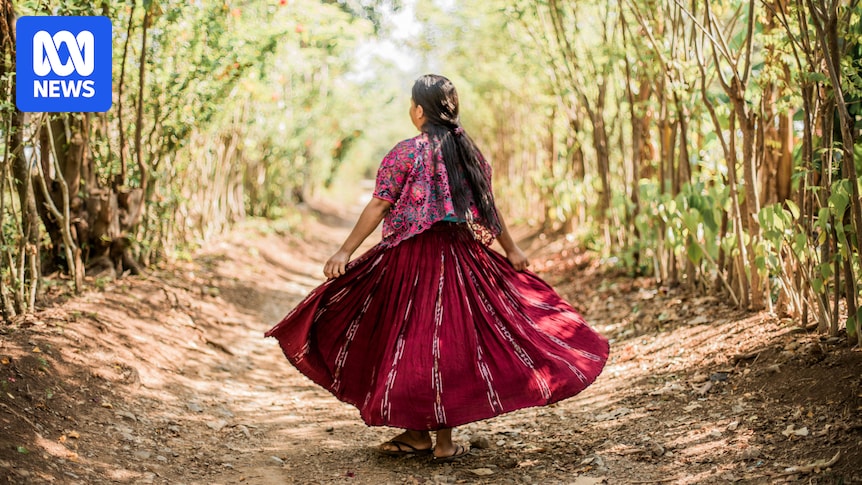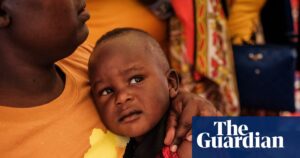
At just 15 years old, Chantha entered into a marriage with a 22-year-old man she met on Facebook. This encounter happened shortly after she began using a mobile phone at the age of 14, quickly leading to a romantic relationship. “Maybe [an older husband] can help his wife to live well — have an easy life,” she thought at the time. Now, a year later, she resides with him and their five-month-old daughter in rural Cambodia.
“Before I got married, there were many things to enjoy, no need to think a lot, no need to think about what kind of job I need to do,” said Chantha, whose name has been changed to protect her identity. “I only think about something fun and enjoyable. But after I got married, I need to think about work, my daughter, so on and on.”
Chantha’s story is one of many highlighted in the 2025 State of the World’s Girls report, ‘Let me be a child, not a wife’, conducted by NGO Plan International. This report explores the prevalence of child marriages in countries with high rates of such unions across Asia, Africa, and Latin America. Despite modern technology allowing girls like Chantha to choose their partners, their situations often mirror those of traditional arranged marriages, serving as a means to escape poverty and social disadvantage.
Child Marriage: A Global Crisis
The report reveals that nearly half of the interviewed girls married men at least five years older, with some age gaps extending to 10 or 20 years. Globally, about 12 million girls are married each year before their 18th birthday, though this figure varies significantly by region. Beyond the immediate risk of intimate partner violence, child marriage deprives girls of educational opportunities, meaningful employment, and autonomy over reproductive choices, further entrenching them in poverty.
Ms. Legena, a spokesperson for Plan International, emphasized the role of social media and “digital connections” in exacerbating the risks of child marriage. Samia Khan Priya, executive director of KaathPencil, a youth-led organization in Bangladesh, echoed these concerns. She noted that while parents encourage social media use for educational and social engagement, they often overlook the potential for these platforms to facilitate risky relationships.
“They want them to engage and learn, communicate with the world, but they don’t want that shame children can bring to a family if a child is engaged in any relationship and then particularly if they run away with his or her partner,” Ms. Samia said.
The Role of Technology in Perpetuating Child Marriage
The report indicates that many girls involved in these marriages come from impoverished backgrounds, with limited education and employment prospects. In their communities, their value is often seen only in terms of becoming a wife and mother. Ms. Legena pointed out that while online dating and relationships give the illusion of choice, they also expose girls to older men who exploit their vulnerabilities by offering marriage as a “golden ticket” out of hardship.
Friendship, gifts, and the promise of freedom from a restrictive family environment can be enticing for young girls. However, these online interactions often lead to manipulation and coercion into early marriages. Parents, unaware of these relationships, may pressure their daughters into marriage to avoid the stigma of casual dating or unplanned pregnancies.
Despite the illegality of child marriage in most countries, local laws or loopholes often undermine national legislation. This legal ambiguity, combined with cultural norms, perpetuates the cycle of child marriage.
Breaking the Cycle: Education and Empowerment
During a visit to a Cambodian village, Ms. Legena met a 21-year-old teacher who had resisted marriage pressures since she was 15. This teacher serves as a “shining light” in her community, demonstrating the possibilities available to girls who complete their education and make independent choices.
Ms. Legena advocates for breaking the cycle of child marriage through three main strategies. First, digital literacy must be integrated into girls’ education to help them recognize online grooming. Second, community engagement is essential to challenge harmful beliefs that diminish girls’ roles to wives and mothers. Finally, empowering girls to understand their rights and take leadership roles can inspire others and foster change.
Ms. Samia also highlighted the importance of ensuring age-appropriate media content to help young people navigate online relationships and expectations.
As the digital world continues to expand, addressing the risks associated with social media and online dating becomes increasingly urgent. By promoting education, challenging cultural norms, and empowering young girls, communities can work towards a future where child marriage is a relic of the past.






